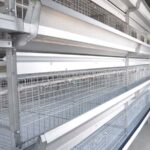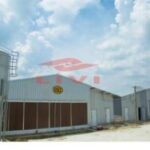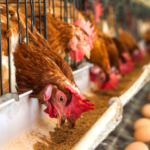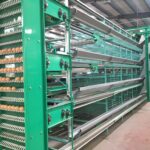The key points of high-efficiency chicken raising technology using broiler cages
High-efficiency chicken breeding technology is what every farmer wants to know. High-efficiency chicken farming can make farmers make more money. In order to improve efficiency, many farmers will choose to use battery cage for broilers to raise broiler chickens. , The breeding density is large and the number is large, and then combined with scientific and reasonable high-efficiency chicken breeding technology can make the quality of the chicken group better and obtain higher benefits. The following editor will tell the farmers the main points of efficient chicken breeding.
1. Choose high-quality chicken fry: The first choice for high-efficiency chickens is to choose the right chickens. The benefits of chickens are good or bad. In addition to choosing good broiler cages and careful breeding, the choice of broiler chicks is also very important. The quality of young chickens can determine the quality of adult chickens and directly affect the benefits. Therefore, farmers must strictly control the quality when purchasing chicken fry, and do
not try to buy chicken fry with disease at a cheap price.
2. Improve the survival rate of chicks: The survival rate of chicks is the basis for obtaining high benefits. However, the key to the success of brooding lies in whether the temperature of the chicken house is appropriate. The chicken has just been born and its own temperature regulation ability is very weak, so it is necessary for the breeder to put the chicken house The temperature control is within the degree of adaptation of the chicks to ensure the healthy growth
of the chicks. It is recommended that the breeder keep the house temperature at 33-35℃ during the first 3 days of brooding, and keep the house temperature at 30-32℃ at 1 week of age, and then decrease by 2 per week. -3℃, until the house temperature drops to 21℃, and keep it until the brooding is over. The specific temperature can be adjusted by observing the status of the chicks.
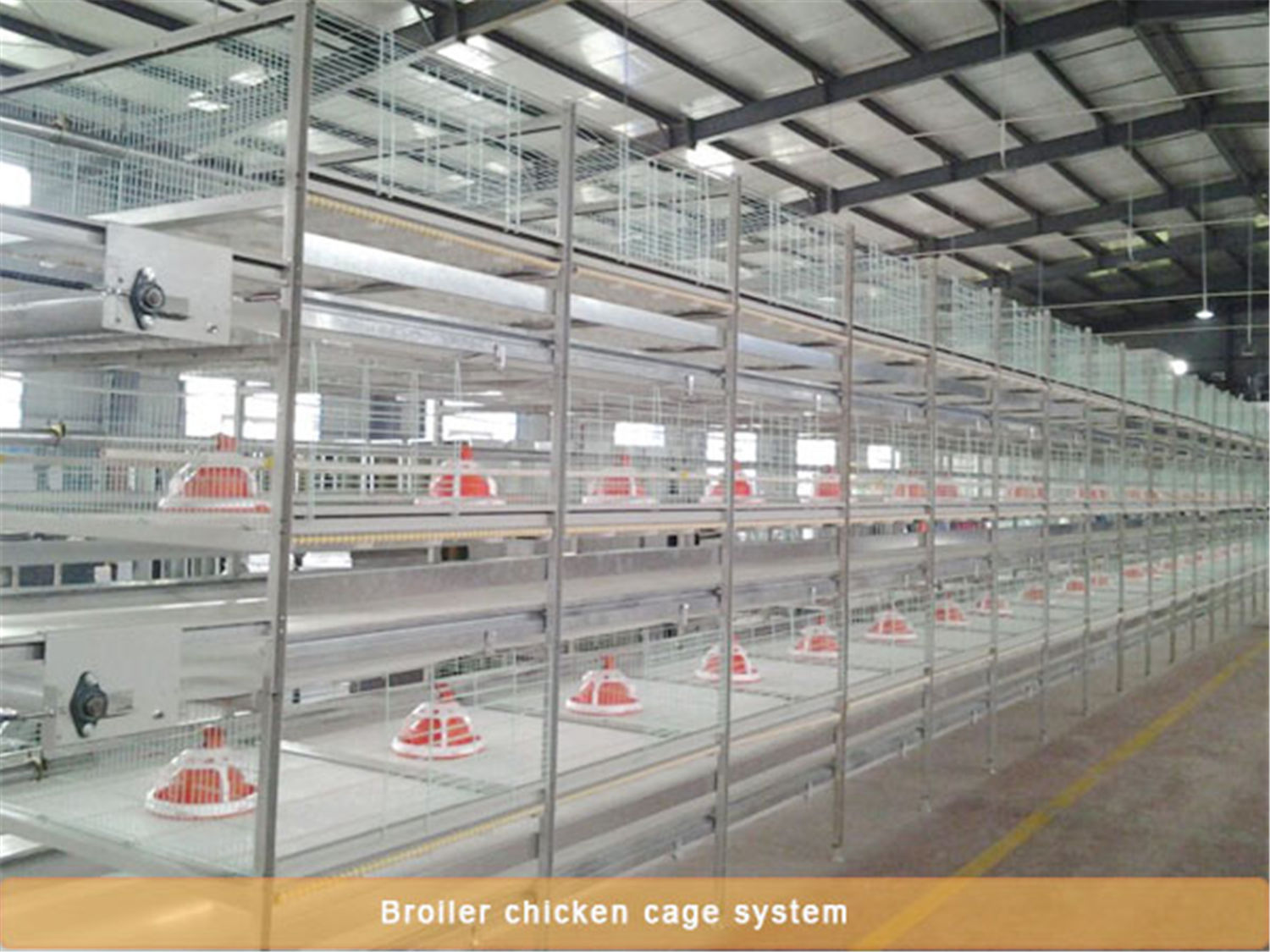
3. Scientific breeding in stages: Although the growth cycle of broilers is short, they are also divided into different growth stages. At present, broiler breeding can be divided into three stages: brooding period, middle chicken period and fattening period. Adjust the main points of feeding at different stages, as well as the nutrient ratio and content of the feed, and so on. It must be fed scientifically to meet the growth needs and standards of broilers, so that they
can grow and develop healthily.
4. Do a good job in disease prevention: The density of raising chickens in broiler cages is relatively large, and the number of breeding is large. Farmers must do a good job in immunization in time to prevent the occurrence of infectious diseases, affect the health of broilers, and lose farmers When formulating immunization procedures and methods, farmers should formulate reasonable immunization procedures and methods according to the local epidemic situation and the diseases to be vaccinated. When choosing vaccines, you must pay attention to choosing regular manufacturers and procedures. Nationally certified vaccine, and must be operated correctly.
5. Disinfect chicken coops and poultry farming cage equipment regularly: Many farmers can’t do regular and orderly disinfection work. Reasonable disinfection can eliminate pathogenic microorganisms in chicken coops, reduce the risk of chicken infections, and is also an effective measure to prevent diseases. However, once disinfection is not a long-term disinfection, farmers should disinfect regularly. The chicken coops should be cleaned before disinfection. In addition, the farmers should conduct thorough disinfection after the broiler flocks are released to avoid residual pathogenic microorganisms. Affect the health of the next batch of chickens.

